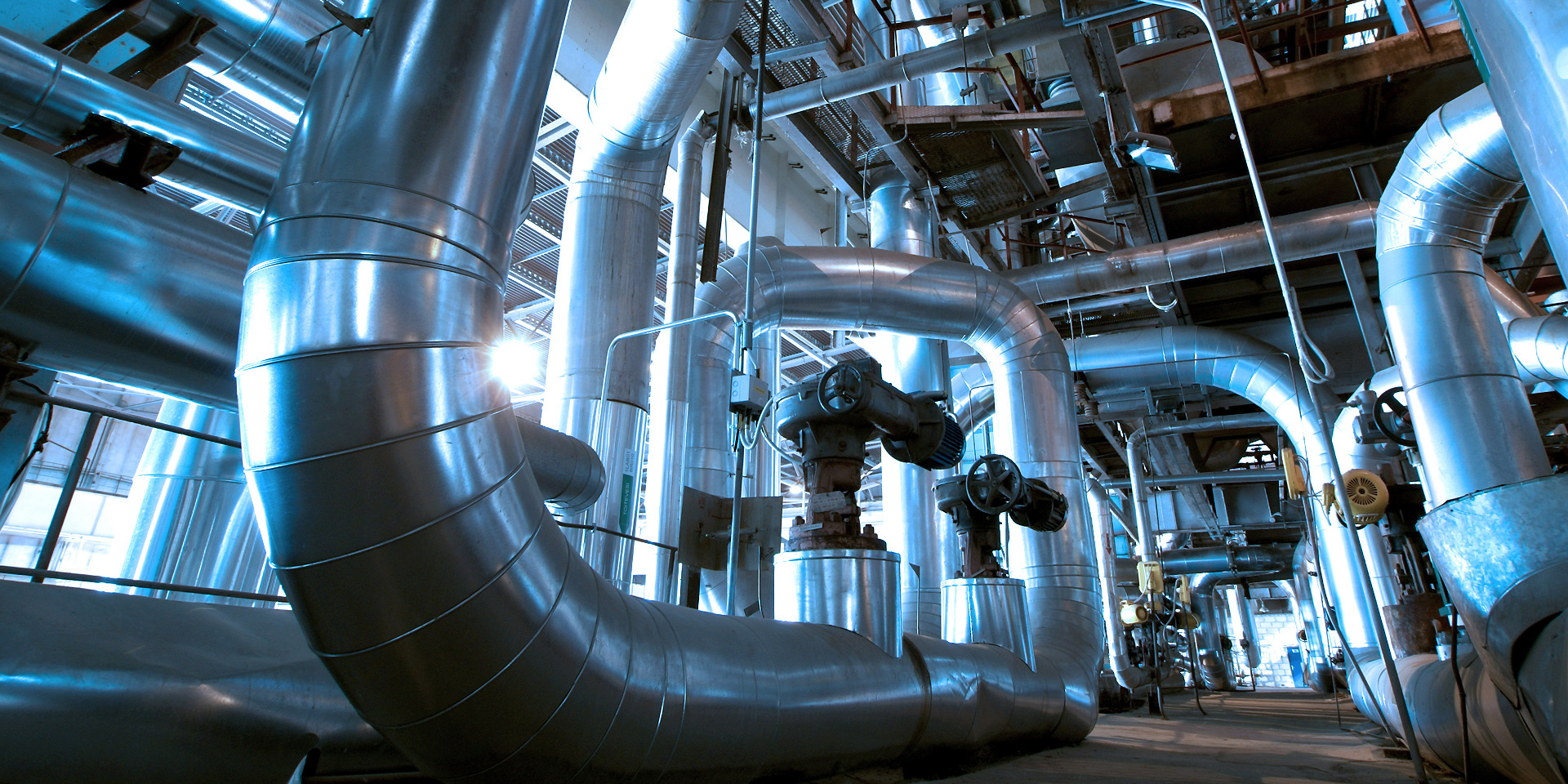Predictive revolutions: Industry 4.0, ten years in advance


Today we continue our series on the topic of Industry 4.0 with an entry on algorithmica technologies' role in the industry revolution. If you haven’t read the previous posts in the series, you can first catch up on the general introduction of Industry 4.0, the factors influencing the emergence of Industry 4.0, what customers will expect from Industry 4.0 solutions, how 3D-printing is changing manufacturing, and the first and second post regarding challenges facing Industry 4.0.
algorithmica technologies is a pioneer in the field of advanced computational analytics for the industry. Coming from diverse academic backgrounds, we recognized early on that there is a gap between what is possible and what is done with industrial data. In mathematical science there existed advanced machine leaning algorithms capable of filtering large amounts of data, and building models of complex systems based solely on this information. Vast amounts of data, such as those generated by modern plants, which were only utilized in the most rudimentary of ways – e.g. to trigger static alarms when a measurement gets dangerously high or low, etc. That was partially because computing power was still a limited resource, but mostly it was because the intelligent algorithms, capable of dealing with the amounts of data required, were simply not available to the industry. They existed, but remained confined to the neat and clean theoretical systems modelled in universities. The knowledge and expertise transfer was not happening.
We saw an opportunity to make a real, tangible difference, and also to have the best real-life test run a scientist could ever hope for. Those algorithms were interesting in the ivory tower, but in a factory they could be truly powerful and business-transformative. And we had the opportunity to make this happen. We took it.
But we are the first to admit we were, perhaps, too early. Being a trendsetter is not an easy path - the gap we saw was real, but the recognition that there are actual, workable, and highly beneficial solutions did not come easy. In the early years our claims were often met with some curiosity, but mostly skepticism. Many plant managers were fascinated by the theory, but convinced their plant data was too little, too dirty, or otherwise imperfect. Many believed their production model was too complex to really be easily modelled. Yet others thought that it is possible, but didn't have the budget or the manpower to assign to such a project, especially since the need and the benefit were nebulous. It is a refrain we often repeated in this series, because we have experienced it first hand - the industrial world is conservative, and reluctant to change. But we kept believing and working towards this change, because we saw it as the future of manufacturing. And over the years, we slowly saw the tides turn.
That is why we welcome Industry 4.0. For us, the intelligent, interconnected production has been a long time coming. We are excited to see the potential gains they offer finally recognized and widely accepted. We are excited to see it become widely talked about and adopted, we are excited to see new solutions and new business models emerging, we are excited to finally see the industry transform as we expected and hoped it will. The potential is real, the benefits are real, and the technology is real, and working.
As to our role in the manufacturing world of Industry 4.0, we will keep doing what we do best - advanced, intelligent analytics. We offer a comprehensive, ever expanding, portfolio of machine learning solutions that meet the needs of modern manufacturing. Our Advanced family products are highly customizable, full-service solutions that fulfil complex tasks, such as full-plant optimization of production (APO); a production monitor, that flags abnormal behavior of machinery in real time (APM); a machine-learning controller that minimizes scrap production and costs (AQC); and a predictive analytics solution that alerts of failures days in advance (AFP). In addition we have our ready-to-install predictive analytics solutions in our Intelligent family of products - IHM, our answer to condition monitoring, which replaces the unreliable static limits of measurements with intelligent dynamic limits; ISS, which can computationally model a measurement where a sensor is lacking; and IPC, which helps you keep desired variables at a constant level. Our portfolio of advanced, Industry 4.0 solutions is rounded off by a range of fully custom data analytics and design of experiment solutions.
In the next post we will review the takeaway messages of the series, and conclude our exploration of Industry 4.0.